There's More to Fall Than Changing Leaves—and These Hikes Prove It

'Johnathan Ampersand Esper / Wildernesscapes Photography'
Pictured Rocks National Lakeshore, MI
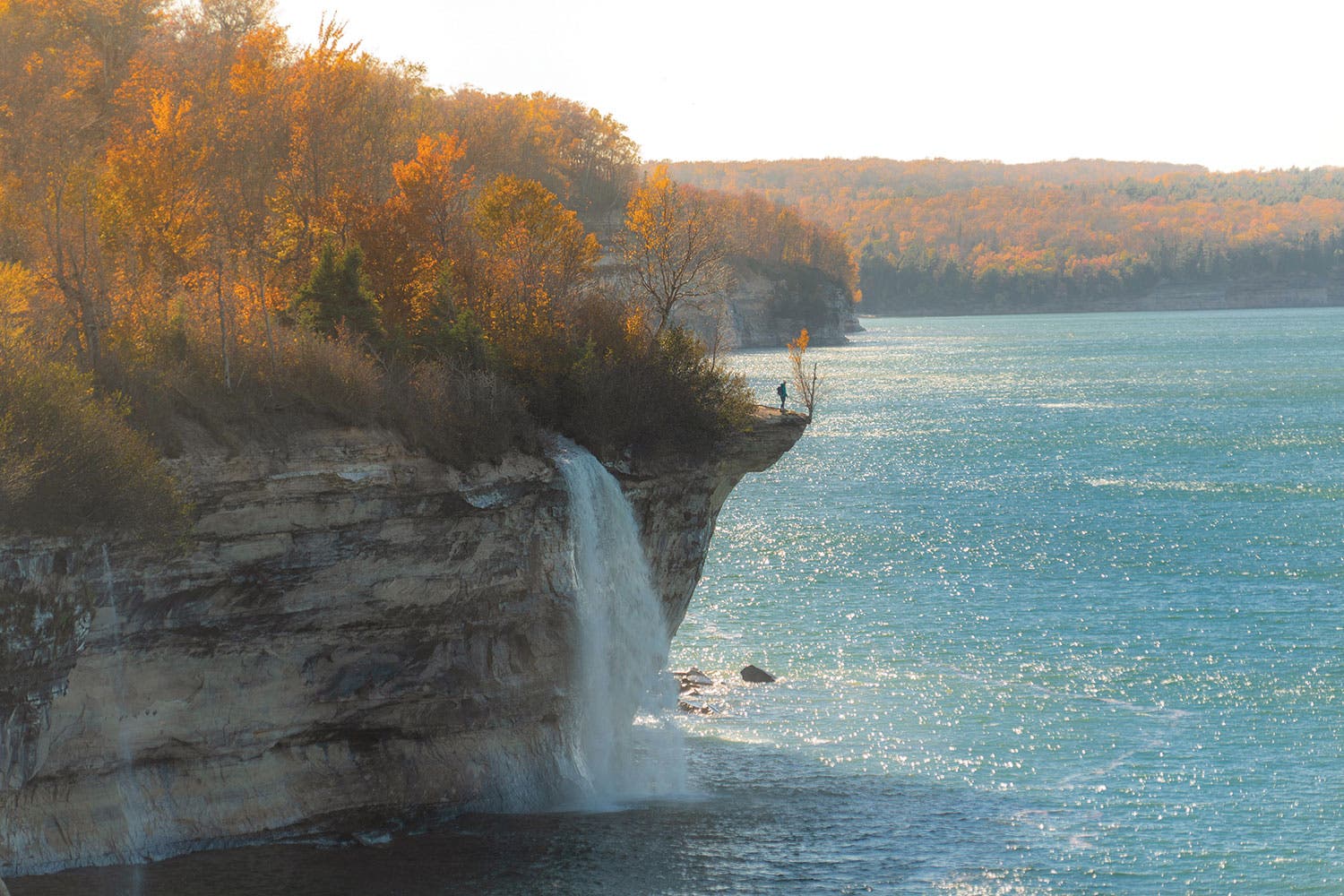
Late fall is the perfect time to see the world drop away at Lake Superior’s waterfalls, when low temperatures and gathering storms drive most hikers to warmer climes. To get this view of 70-foot Spray Falls, one of the Lakeshore’s most remote cascades, start at Little Beaver Lake Campground. A 1.5-mile spur leads from the campground to the North Country National Scenic Trail; turn left at the junction for the 2.5-mile clifftop hike to the flume, then retrace your steps. On your return trip, extend your hike by continuing past the spur and dropping onto Twelvemile Beach. Wander along the sandy shore before heading back to camp at Little Beaver Lake. Expect snow on the ground by late November, though daytime temperatures typically stay above freezing. The falls don’t freeze until December. Permit None
Weeki Wachee Springs State Park, FL
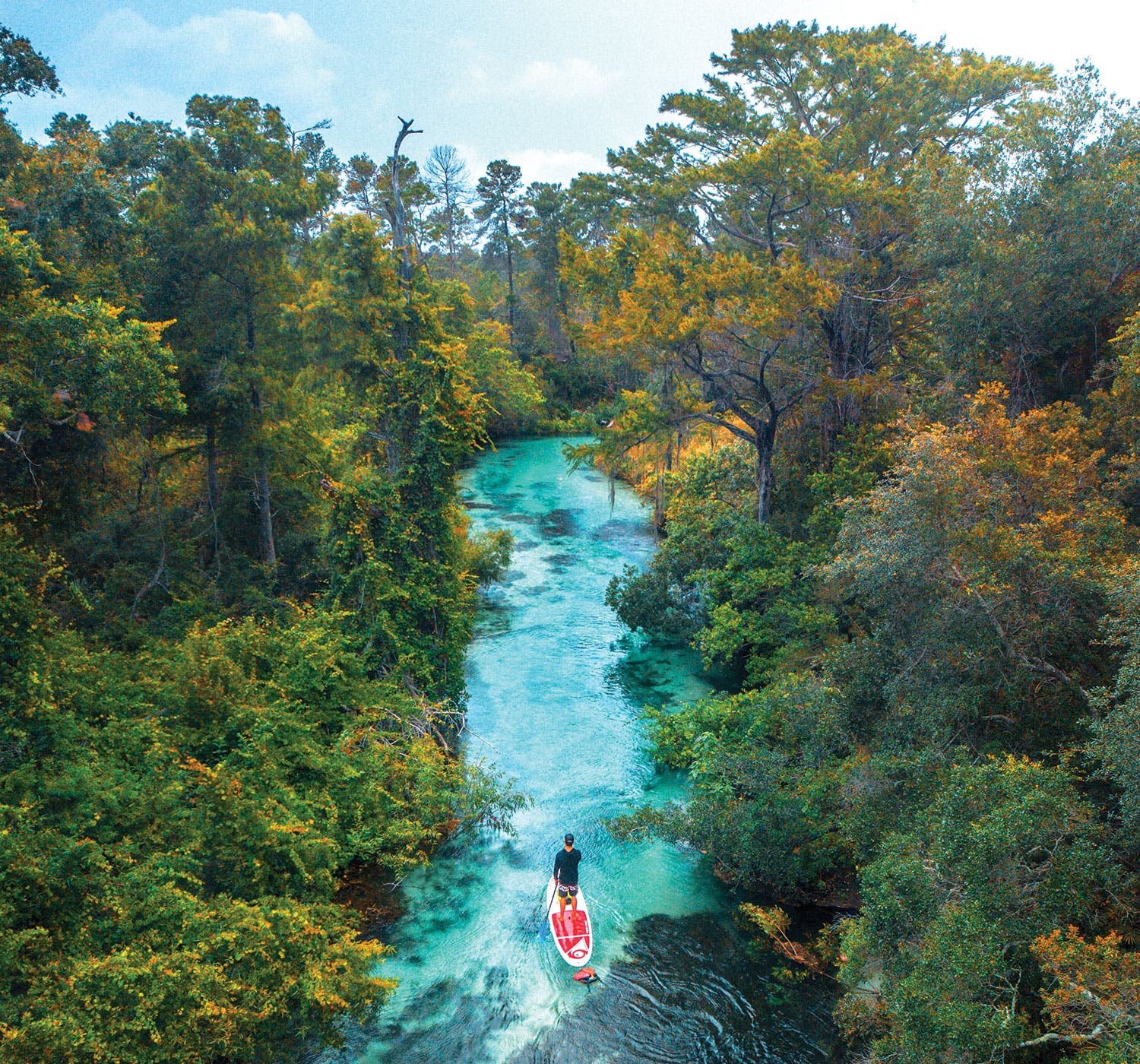
No need to worry about fall bringing a chill to this river; millions of gallons of 74°F water rise from the limestone caverns that feed the park’s namesake spring every day, flowing out into the turquoise current of the Weeki Wachee from the deepest freshwater cave system in the U.S. The 5.5-mile, one-way paddle from Weeki Wachee Springs to Rogers Park takes about four hours, but allow extra time for exploring the diving platforms and rope swings that dot the banks. Keep an eye out for manatees at the edge of the park. The boat launch opens at 8 a.m.; arrive early to beat the crowds. A $5 shuttle from Rogers Park brings you and your gear back to Weeki Wachee Springs. Permit $10 to launch a private boat or $40 to rent a SUP or kayak; reservations required
Canyonlands National Park, UT
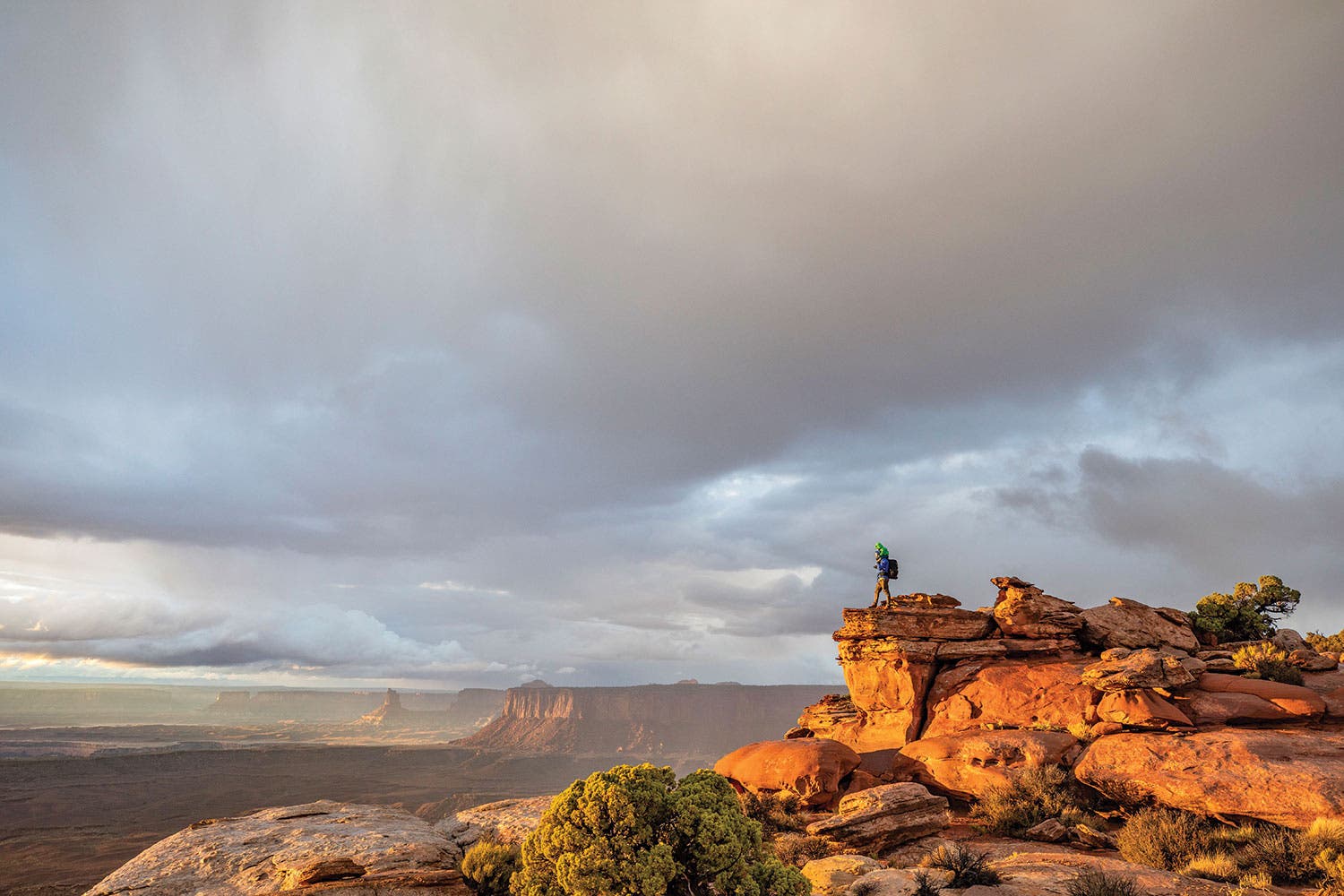
Watch sunlight and shadow flicker over an endless red-rock horizon from Canyonlands’ Island in the Sky district. The plateau forms the park’s northern edge and soars a thousand feet over the surrounding canyons, with views of the La Sal Mountains, Monument Basin, and the park’s two other districts: the Needles and the Maze. Grand View Point, seen here, is only 2 miles round-trip from the Grand View Point Overlook and follows the very edge of the mesa. Bustling with tourists all summer, it’s mostly empty by late fall, though the days are still mild. For a longer walk, try the 3.6-mile out-and-back to Murphy Point. On the way, wander past a historic corral and views of Candlestick Tower’s Jurassic sandstone and the lazy turns of the Green River. Permit $30 entrance fee per vehicle
Big Bend National Park, TX
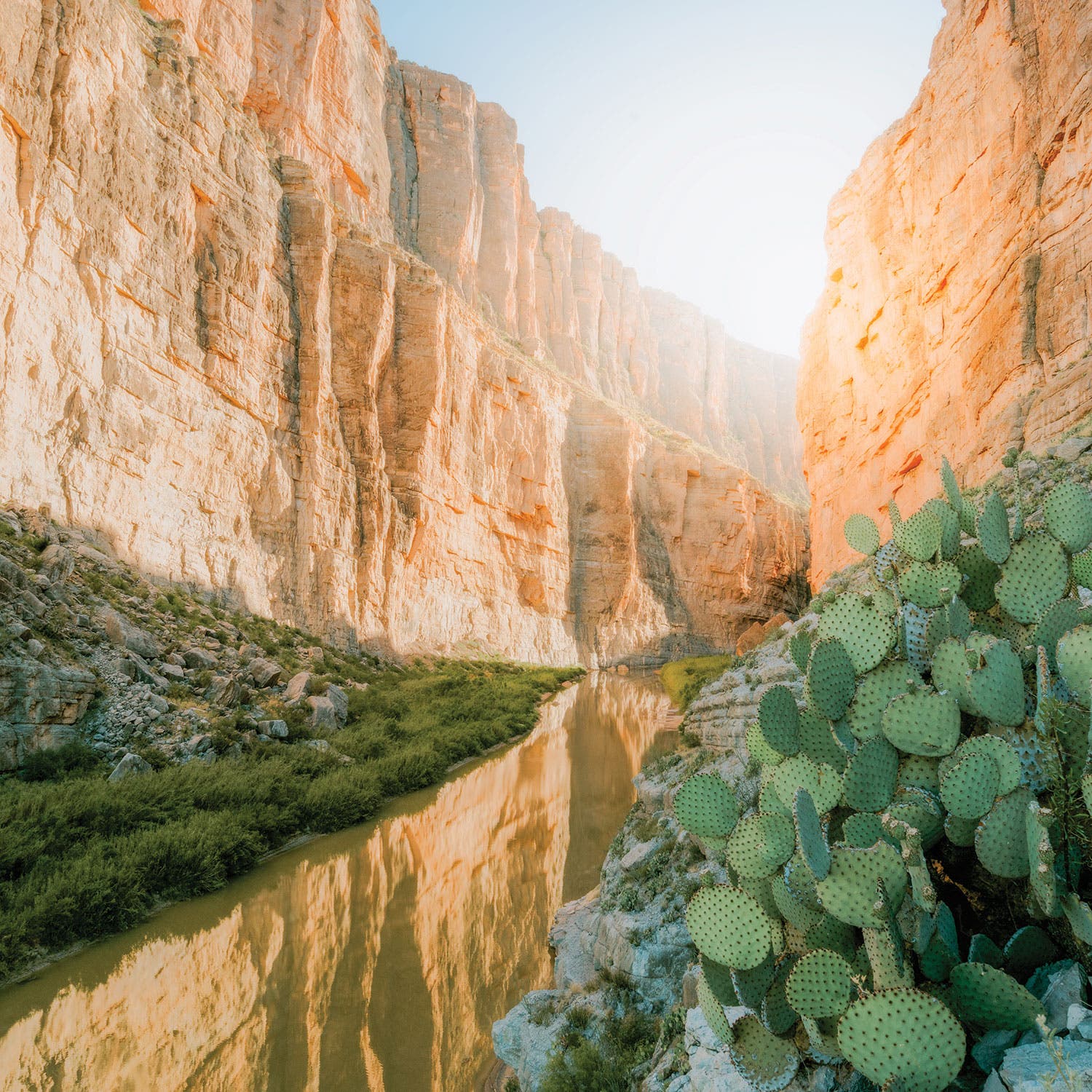
Of all the things that river canyons collect, silence is the most fleeting. But at the bottom of Santa Elena Canyon, where the Rio Grande slows almost to a standstill, you’ll find that elusive prize. Take the Santa Elena Canyon Trail, following a few switchbacks before dropping gradually to the floor, where riparian flora fringes the waterway. Savor the shade below the canyon’s 1,500-foot limestone walls, which were formed 135 million years ago when a rising sea brought floods to the area. Rest by the river’s edge before returning the way you came to complete the 1.7-mile day.
Hocking Hills State Park, OH
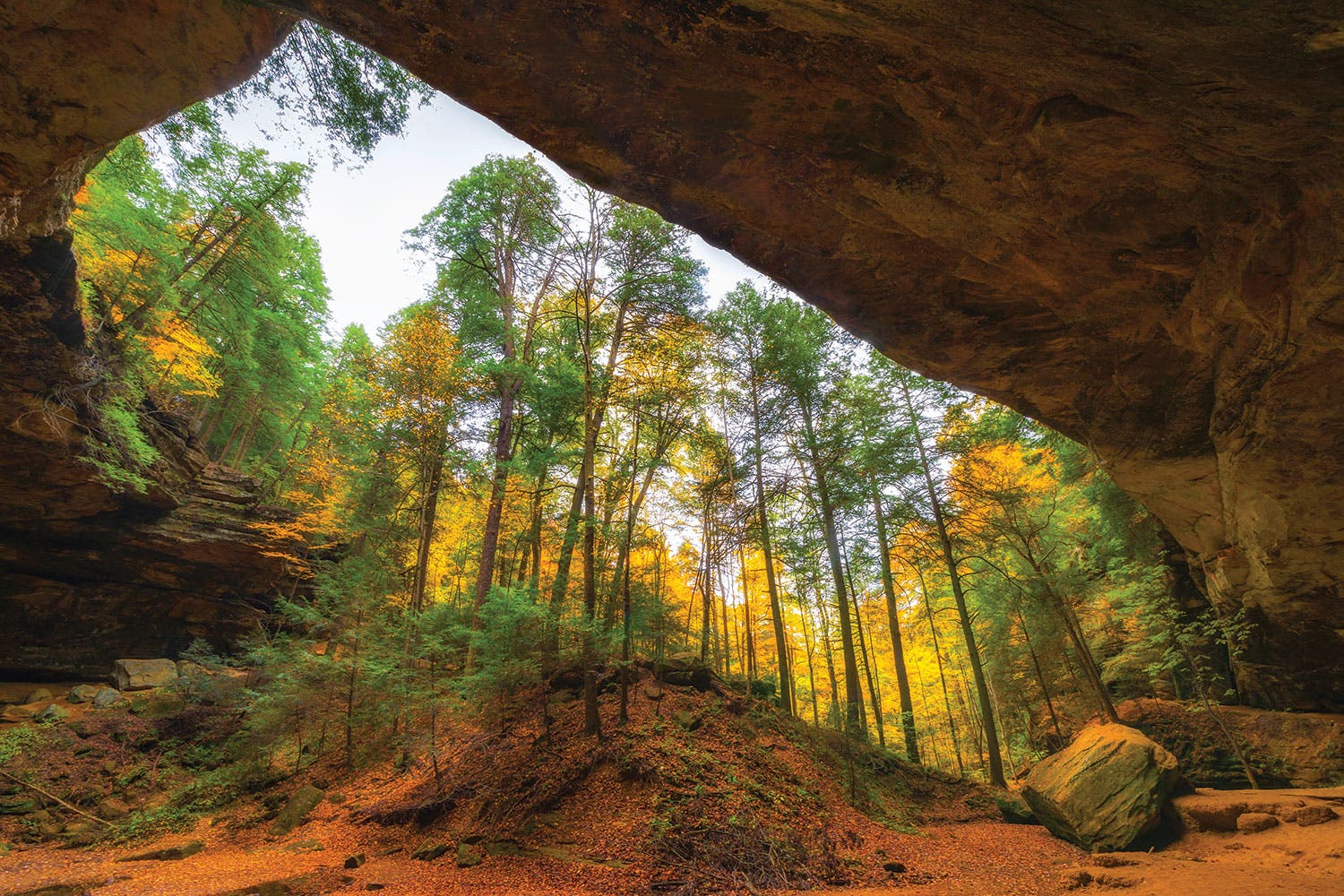
Ash Cave once served as a shelter for indigenous inhabitants of what is now Ohio. You can find refuge of your own in the state’s largest recess cave, which spans 700 feet across and is 100 feet from rim to back. Hike a quarter mile from the Ash Cave parking area on the handicap-accessible Ash Cave Gorge Trail for a brief out-and-back, or take the .5-mile Ash Cave Rim Loop to see the cavern from above. In October, hemlock and beech trees turn out their fall colors, and in spring and after heavy rains, spot a thin cascade tumbling gently over the cave’s rim. Want to go longer? A 10-minute drive will take you to the Old Man’s Cave trailhead and a 5.1-mile loop through sandstone tunnels to another historic grotto.
Adirondack Mountains, NY
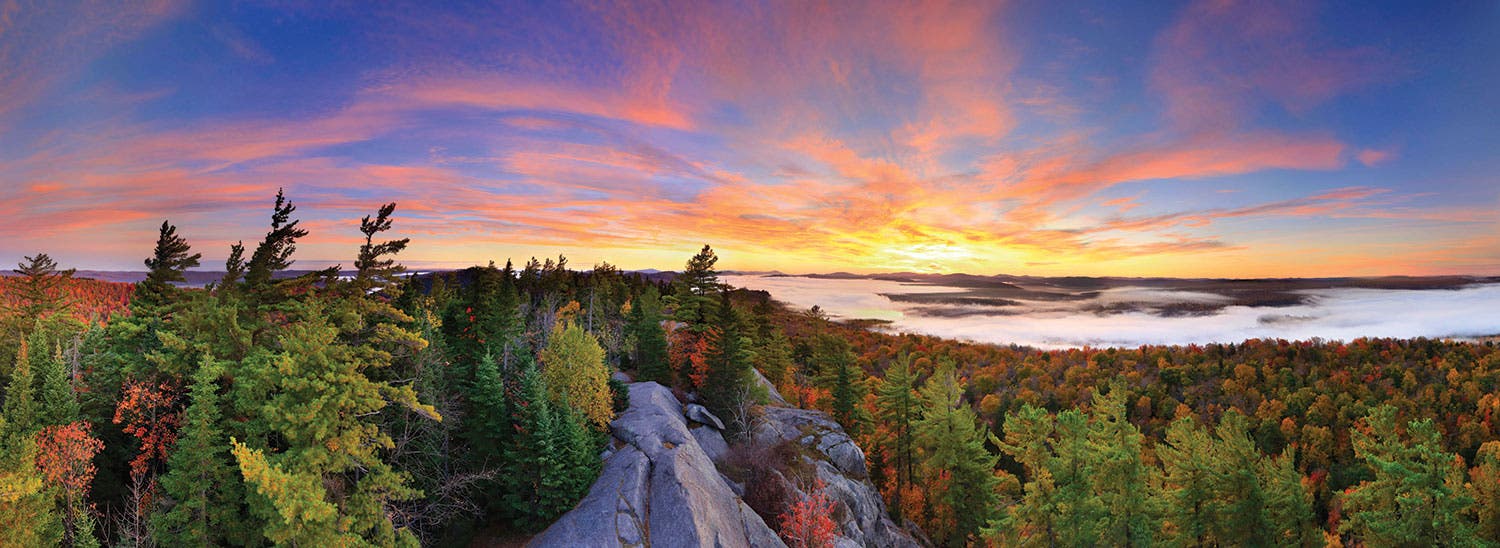
Watch fall’s fiery hues color the forest all around you from the Rondaxe Fire Tower atop Bald Mountain (also called Rondaxe Mountain). Gaining 500 feet in just under a mile, the climb to the 2,350-foot summit offers midway rewards in views over the Fulton Chain of Lakes. From the top, soak in the vibrant hues of sugar maples, American beech, and yellow birch trees (peak foliage tends to occur in early- to mid-October). Look northeast for vistas of the High Peaks Wilderness, including 5,344-foot Mt. Marcy, the state’s tallest. Return the way you came for a 1.9-mile out-and-back. Plan a sunrise hike to beat the crowds that flock to this peak in autumn, and to see a different sort of flame over the morning fog.
Columbia River Gorge National Scenic Area, WA
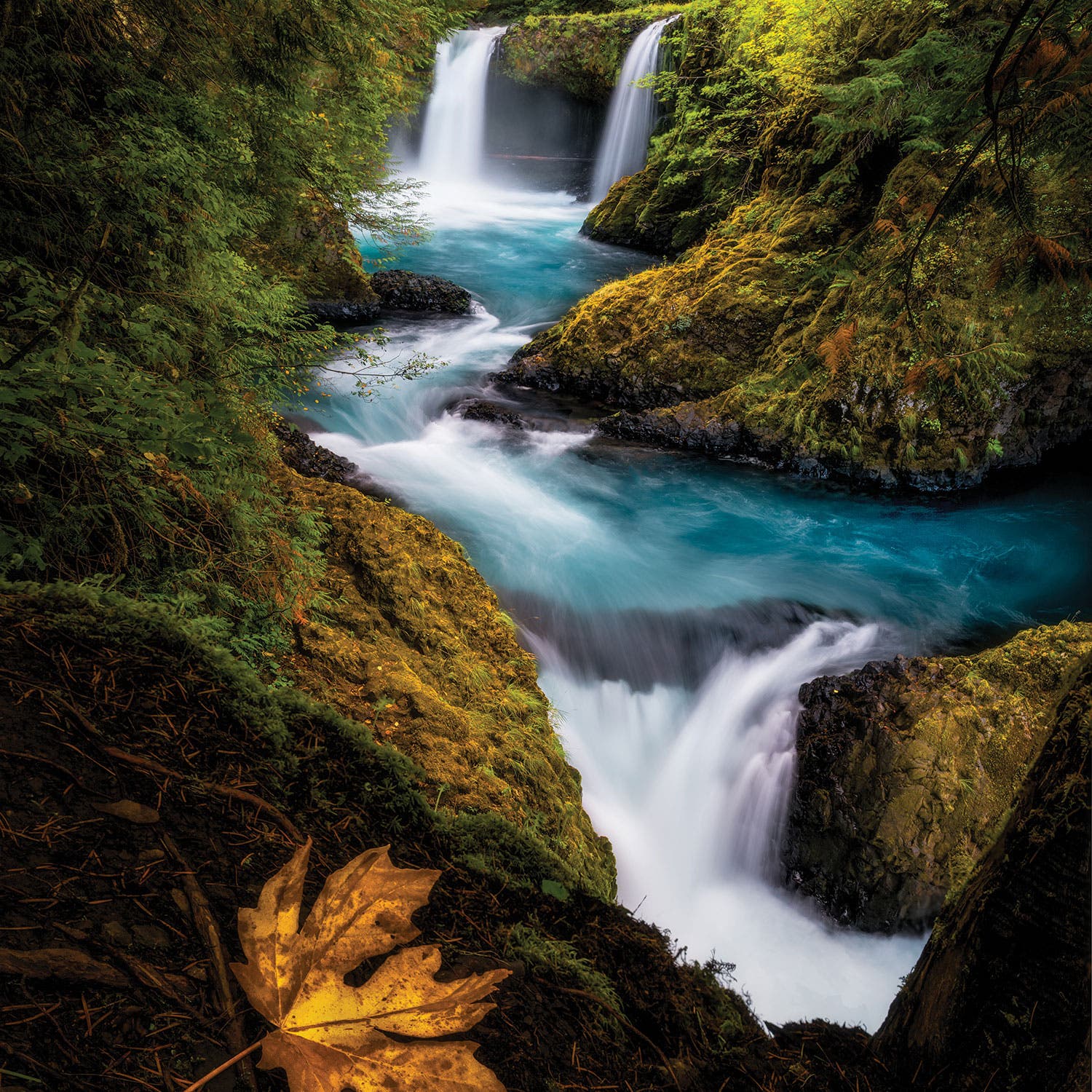
Don’t let the .8-mile distance fool you—the hike to Spirit Falls is no cakewalk. To access this cerulean cascade, you’ll have to scramble down a steep, often muddy, and rocky slope (trekking poles are highly recommended, especially for the descent). From the Spirit Falls trailhead, descend through dense forest until the moss-covered volcanic rock rises before you. Look out for kayakers making daredevil drops over the falls, then ascend (carefully) the way you came.
Fall is all about change: From leaves to temperatures to animals preparing for their winter hibernation, it’s a season of shifts, which means that catching autumn’s beauty takes perfect timing. See what the season has to offer with these seven hikes in states from Washington to Florida.